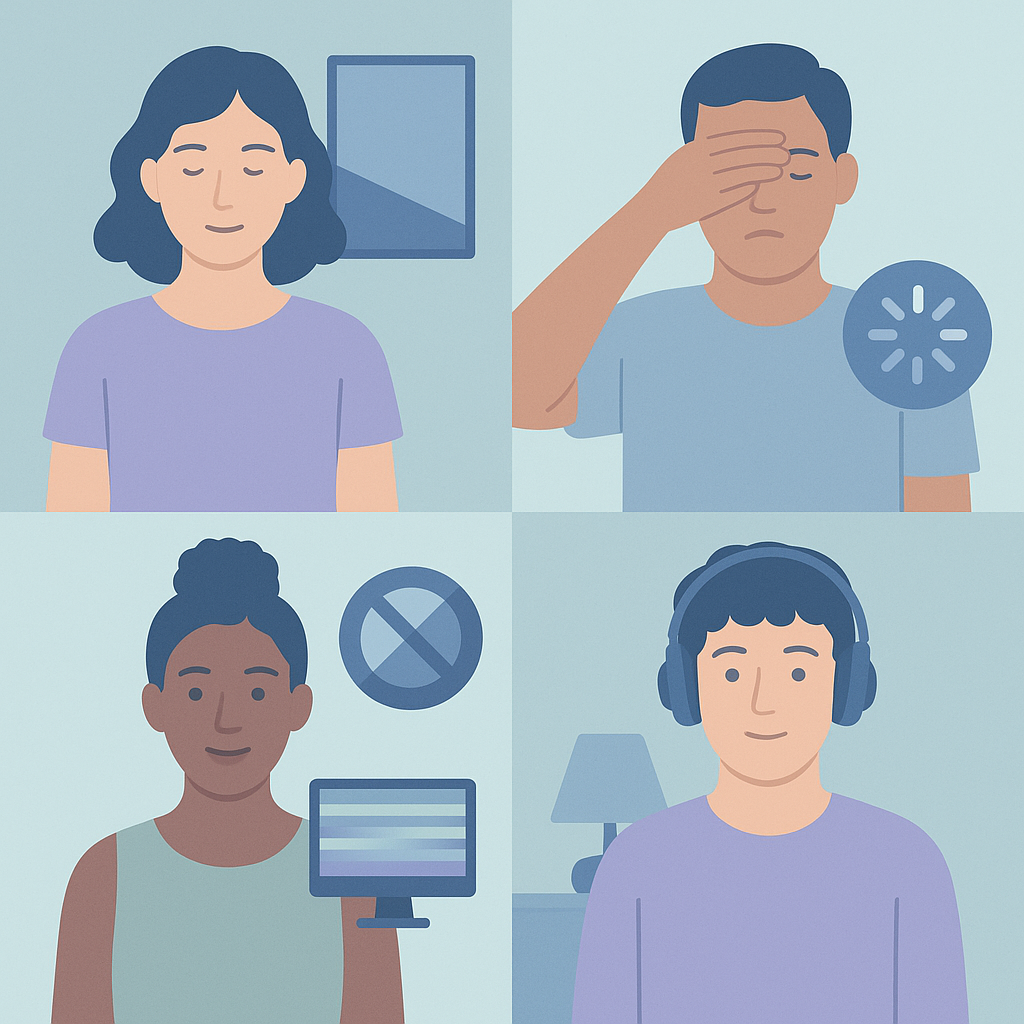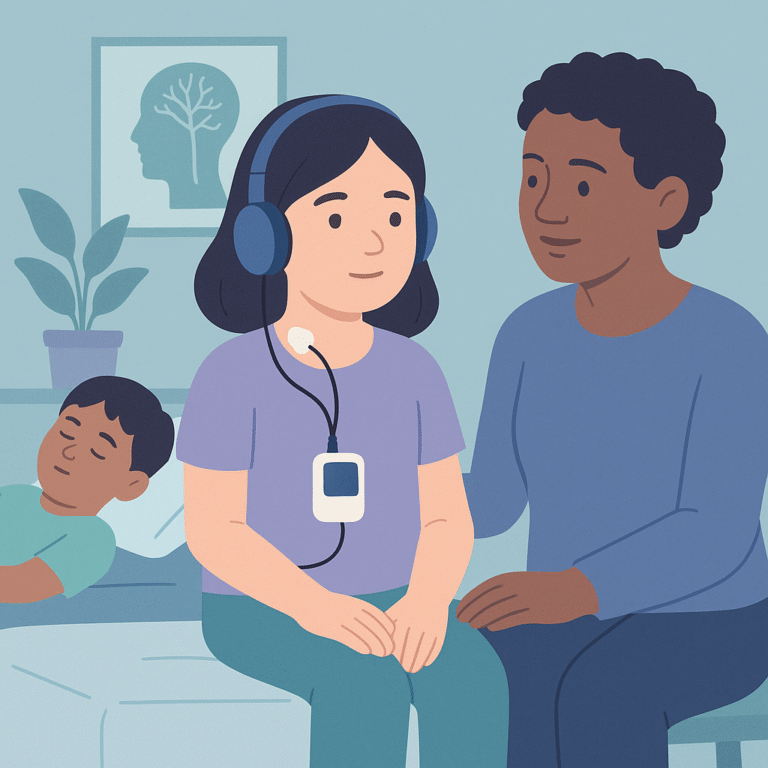Guidelines to Reduce Risks of Visually-Provoked Seizures
Source: Epilepsia
Summary
A recent study by an expert panel from the Epilepsy Foundation focused on visually-provoked seizures (VPS), which can be triggered by certain visual stimuli like flashing lights or specific patterns. The panel reviewed existing literature and gathered insights from various experts to create guidelines for different groups, including patients, families, healthcare providers, and media designers. This effort builds on earlier recommendations made in 2005, reflecting advancements in technology and understanding of VPS.
The key findings highlight that certain visual patterns and stimuli can provoke seizures in susceptible individuals. The guidelines suggest that patients should be aware of their symptoms and the types of visual triggers that may lead to seizures. For healthcare providers, the study outlines how to assess potential VPS events and emphasizes the importance of using tools like EEGs to differentiate between seizures and other neurological symptoms. Additionally, it advises media designers to avoid specific visual elements that could trigger seizures, such as bright flashing lights and certain striped patterns.
This research is important because it aims to reduce the risk of seizures caused by visual stimuli, which is a concern for both individuals with epilepsy and the general public. However, the study does not provide a formal systematic review, meaning that while it offers valuable insights, further research is needed to strengthen these guidelines and ensure they are effective in real-world settings.
Free: Seizure First Aid Quick Guide (PDF)
Plus one plain-language weekly digest of new epilepsy research.
Unsubscribe anytime. No medical advice.





